- August 14, 2018
- Podcast
- Comments Off on 162 – Mike Michalowicz

162 – Mike Michalowicz
How to transform any business from a cash – eating monster to a money-making machine. In this episode you will hear Mike Michalowics Author of profit first compare four lessons from the healthy diet industry to the four core business diet lessons of Profit First.
We will start with Mike describing The Frankenstein Formula
- One day I had the realization that I am Dr. Frankenstein. I too can take and idea and bring it to life, and then quickly come to realize I have created a monster. A cash eating monster.
- The only way to survive is to sell more and more. Growth seems to be the only solution. But as the business gets bigger, so does the stress. The bigger the business, the more cash it consumes.
- It seems, to really be profitable, we need that one big client, or one big sale, or one investor to swoop in and save us.
- Most entrepreneur's companies survive check to check. Profit seems to be so elusive, because every time sales increase, expenses increase at the same rate.
- The problem is not the entrepreneur, it’s the profit formula we all have been told to use: Sales - Expenses = Profit
Does this resonate with YOU? Next is Mike describing why GAAP doesn’t work.
- The core formula to GAAP {Generally Accepted Accounting Principles) is Sales - Expense = Profit. It logically makes sense, but it ignores that fact the humans are behaviourally oriented not logically oriented.
- Few entrepreneurs are diligently managing their financials using GAAP. It requires that the entrepreneur understand and manage their business by regularly analysing their Income Statement, Cash Flow Statement and Balance Sheet. It requires that those reports are analysed regularly, minimally once a month, ideally more frequently…But entrepreneurs don’t do it, as "logical” as It is, but we do have another habi.. we look at our bank balances constantly.
- Most entrepreneurs manage the financial aspect of their business using "bank balance accounting." We look at our bank balance and make a determination of how healthy our business is based on the balance. A big bank balance and we feel confident. A low balance and we go into panic mode to sell like mad and collect money any way we can.
Is this sounding familiar? How many of you check your bank balance first thing every morning? I asked that question to 35 accelerator students and three quarters of them check it every day sometimes twice a day.
Mike explains… Don’t change your habit (you can’t) change the structure around you.
- Changing our own habits is hard (some would argue impossible). Just ask a smoker. Logically it is one of the most life-threatening routines we can have. Yet the habit Often the only way to change a habit is because of a catastrophic event (for the smoker it could be a heart attack or stroke). Otherwise the habit continues.
- But habits can also be channeled and directed, making that formally "bad habit" your biggest ally.
- Instead of stopping your habit of "bank balance accounting" (checking your bank account regularly and making financial decisions based upon what we see) the process of Profit First leverages it and makes it your biggest ally.
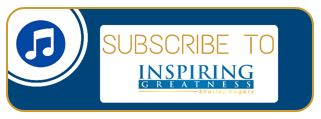 iTunes link CLICK HERE
iTunes link CLICK HERE
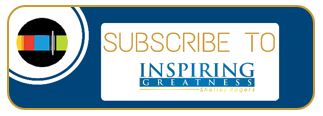 Stitcher link CLICK HERE
Stitcher link CLICK HERE
Here’s Mikes explanation of the core four lessons from the healthy diet industry and how it compares to the four core business lessons from profit first.
- USE SMALL PLATES - The normal habit of people is to serve food that fills up their plate and then to eat everything on the plate. So instead of trying to change the "fill up the plate and eat it all" habit, simply reduce the size of your plates and continue your habit. A smaller plate will automatically leverage our established habit, and reduce our calorie Intake. We lose- weight.
- EAT VEGETABLES FIRST - Most people eat the meat and potatoes first. The vegetables are put aside to "eat last." But the person eats all the meat and potatoes first and then, feeling full, doesn’t eat the vegetables. Yet, if we simply ate a serving of vegetables first, we would get all the vitamins and nutrients while also filling up our stomachs so that we don’t gorge on the meat and potatoes.
- REMOVE TEMPTATION - You won’t eat desert If it’s not available to eat. But that desert tray waved in front of you makes It so easy to have it "just this one time." To avoid eating junk food, the best strategy Is to not have access to it in the first place. As they say, out of sight out of mind.
- ESTABLISH AN EATING RHYTHM - Most people eat either too infrequently or too frequently.
The folks who eat too infrequently often plan to eat three meals a day (breakfast, lunch and dinner), and will occasionally skip one of the meals when they are in a rush. The result is that they feel intense hunger and then overeat during the next meal. Other people are the constant snackers. Food is always in arms reach and they snack any time the food is present. In either case, to person consumes to many calories and puts on more and more weight
The core four business diet lessons of profit first:
1. USE SMALL PLATES
- Most business owners have only few accounts (big plates) for their business. They have an operating account where deposits come in and payments go out. They may have an employee payroll account and a savings account. But regardless of what accounts they do have, typically the majority of money flows in and out of a single, big plate, operating account.
- Since entrepreneurs do bank balance accounting (we look at how much money is available in the account and take actions based on what we see), we need to allocate money into different accounts (small plates) which specify how the money can be used.
- This is grandma’s old envelope system. Grandma would get $100 and divide that money up into different envelopes for different purposes. The $100 would come in, and immediately get divided up: 1. $10 for vacation 2. $35 for groceries 3. $15 for clothing 4. $25 for home expenses 5. $10 to “give back” 6. and $5 for “fun money".
- Grandma would always have enough money for every aspect of life ... she would just go to the right envelope. And If the money wasn’t there, It didn’t mean there wasn't enough money, it meant it wasn’t time to spend it yet.
- In our business we need to have small plates too. Minimally we should have 4 small plates and 1 serving tray. The small pates are 1. Profit Account 2. Owner’s Pay Account 3. Tax Account 4. Operating Expenses Account. And the serving tray Is the Income Account.
- All inbound money goes to the Income Account. This account is only for accumulating deposits. Then the money that has accumulated in the Income Account is periodically allocated to the "small plate accounts" based upon predetermined percentages. A percentage of all the money in the Income Account goes to the Profit Account, then a percentage to Owner’s Pay, etc.
- TARGET ALLOCATION PERCENTAGES (TAPS) - Based upon your businesses Real Revenue (this is your company's total income minus material costs and outside labor - similar to, but not the same as Gross Profit), your company should target allocating a certain percentage of the Income Account to the different small plate accounts. Go to http://MjkeMjchalowjcz,com/
Resources to download a chart with the TAPs percentages.
- TAPs is a target allocation percentage and not the starting point percentages for your business. The TAPs are for very healthy companies, and just jumping to those percentages can be far to fast of an adjustment for your company. Instead start at a smaller percentage (perhaps start allocating only 5% or 1 % of your Income Account) to Profit and other accounts, and every quarter increase that percentage.
2. EAT VEGETABLES FIRST
- As you start allocating money to different accounts, many businesses will find that the amount of money available for Operating Expenses is 60%, 50%, 40% or even less of the total Income Deposits that is available.
- The entrepreneur, in this circumstance, will feel extreme pressure to reduce costs and expenses (this Is what you want to do), but feel that it may be best to "borrow" from the Profit, Tax or Owner's Pay account... in other words, to skip eating the vegetables.
- When there Isn't enough money in your Operating Expenses Account to cover your bills, you may NOT "borrow" from your other accounts. Instead, this is your business telling you (better said, screaming at you) that you cannot afford your expenses. You must become more Innovative. You must cut costs and find ways to get the sames things done at less cost. And you must extract all the value out of your expenses
3. REMOVE TEMPTATION
- The quick (and tasty) fix to not having enough money to pay expenses it to take the money from our tax account, profit account or owner's pay account. If the money in these accounts remains at the same bank as where you have your Operating Expenses, it is too tempting and easy to transfer the money.
- Setup a Profit Account, Tax Account (and even the Owner's Pay account if you find yourself "borrowing" from the account to pay expenses) at a second bank. Then when you do your percentage allocations from the Income Account, and move the money Into these "small plate" accounts, next transfer all the funds from the Profit Account and Tax Account to accumulate at the second bank. Take steps to make sure that you don't have easy/convenient access to the second bank ... you just want to accumulate the Profit and Tax money here and then disburse it on a quarterly basis (explained in the Eating Frequency section).
- Destroy your credit cards, which is another massive source of temptation and replace them with debit cards.
4. ESTABLISH AN EATING FREQUENCY
- Most business owners manage their money to frequently (they pay bills and themselves sporadically, whenever they feel they have enough money) or too infrequently (they wait until they are in a panic and need money, or a vendor has started collections). Instead you need to get into a 10/25 Rhythm
- The 10/25 Rhythm has us disbursing money two times a month, on the 10th (or the nearest business day) and the 25th (or the nearest business day).
- The 10/15 Rhythm allows money to accumulate in the Income Account over a few weeks time. You still make deposits every day (or as frequently as money comes in), but it simply accumulates Into the Income Account. By allowing money to accumulate, our habit of Bank Balance Accounting will give us a keen awareness of the natural cash flow of our business. We see money accumulate for two weeks, it then gel's allocated completely. Then it accumulates over the next two weeks and then allocated completely. This pattern continues Into perpetuity, and we get a keen understanding of our cash flow.
- On the 10th all the money In the Income Account gets allocated to the different small plates accounts, based upon the percentages you have predetermined (ultimately moving closer and closer to the TAPs).
- Then on the 10th, the money allocated to the Profit and Tax accounts, gets immediately transferred to the "temptation removed" accounts at the second bank. On this day, all the bills that are due are paid from Operating Expense. As shared before, if there is not enough money In the Operating Expenses account, this it the business stating it can't afford the expenses and they need to be cut.
The same occurs on the 25th - Allocate all funds from the Income Account, remove temptation and pay expenses from the Operating Expenses account.
- On a quarterly basis, from the Tax Account (at the direction of your accountant - note that you may want to consider a Profit First Professional, an accountant, bookkeeper or other financial expert that is certified in Profit First) you will pay your quarterly tax estimates.
- On a quarterly basis, your company will take a profit distribution. 50% of the money that has accumulated in the Profit Account will be taken as a profit distribution to the owners.
- The profit distribution you take Is for YOUR purposes. Celebrate with the money, use it for you ... don't use It to "plowback" into the business, since that defeats the entire purpose of Profit First.
If you remember nothing else, remember this: Profit first, always.
Resources and Links Mentioned in this Session Include:
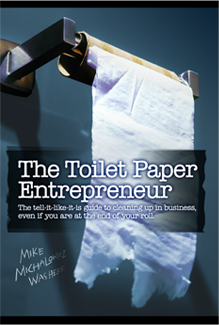
Toilet Paper Entrepreneur
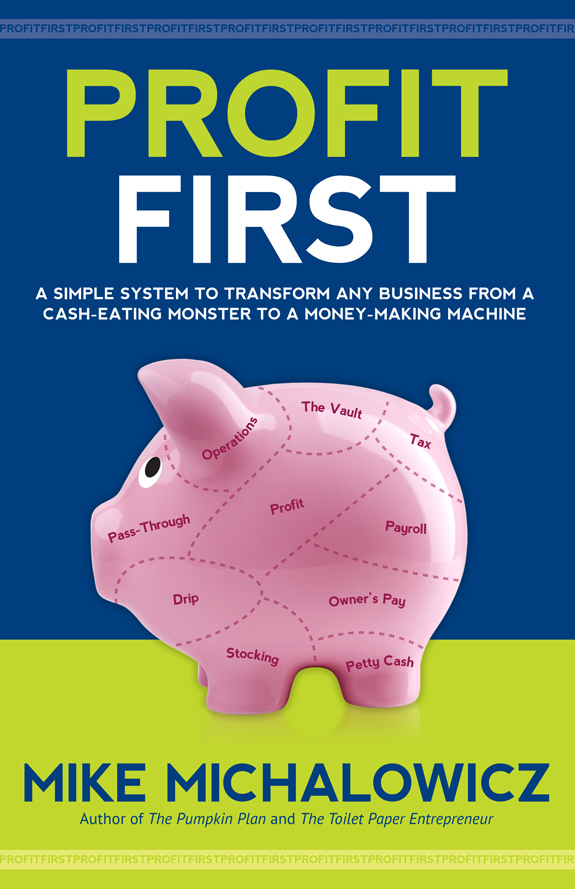
Profit First
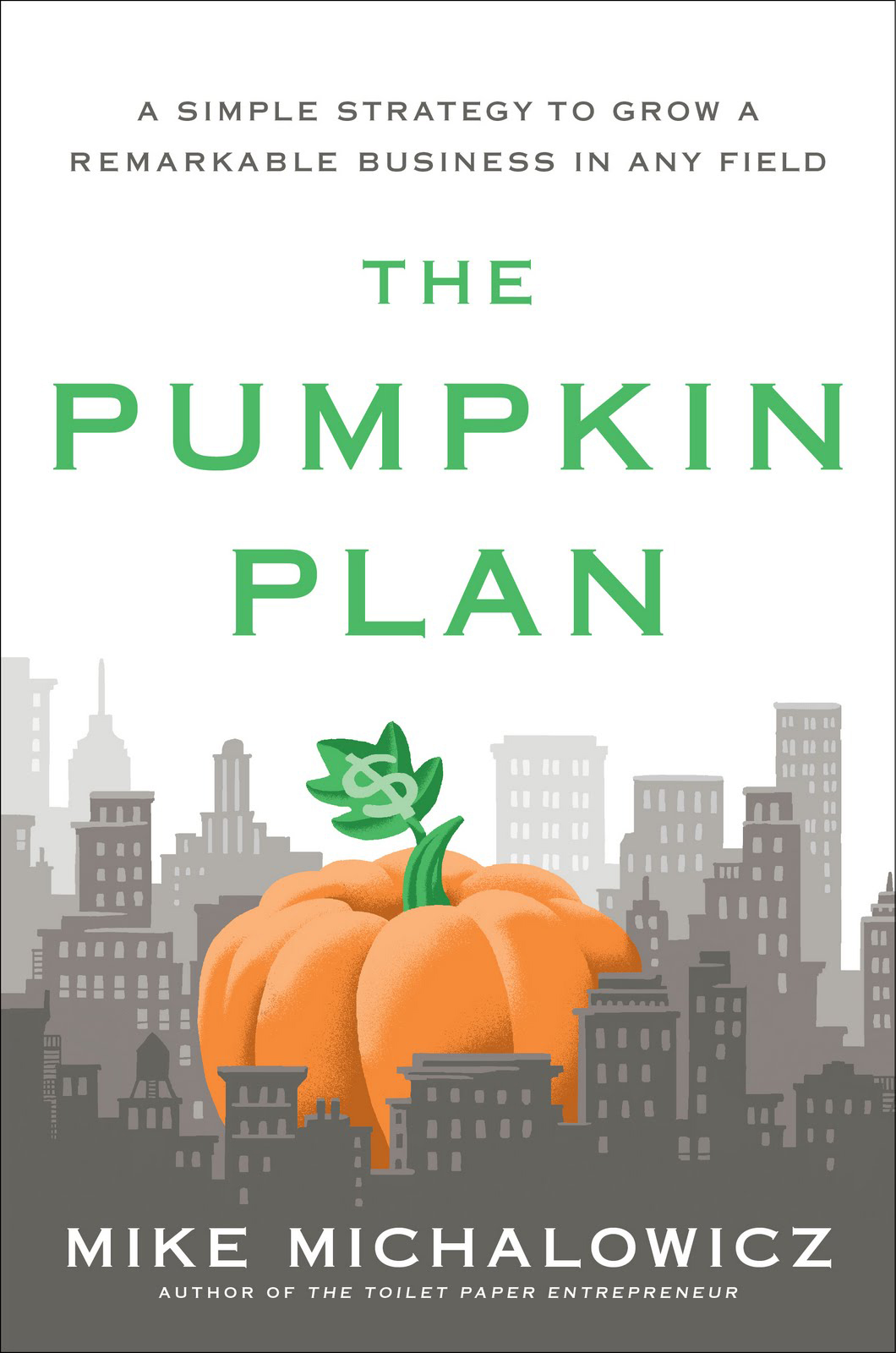
The Pumpkin Plan
Get two free audio books from Amazon

Access the summary of these two books by signing up for Blinkist
Help Out The Show:
Leaving a review and subscribing on iTunes is the best way to support this show. I read every review, and your support helps the show rank higher so more people find us and benefit from the message.
If you could spare a minute to leave a review on iTunes it would mean a lot to me. Thank you so much!
Click here to subscribe to the show on iTunes and leave a review…
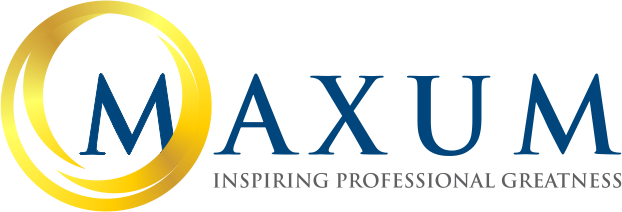






0 Comment